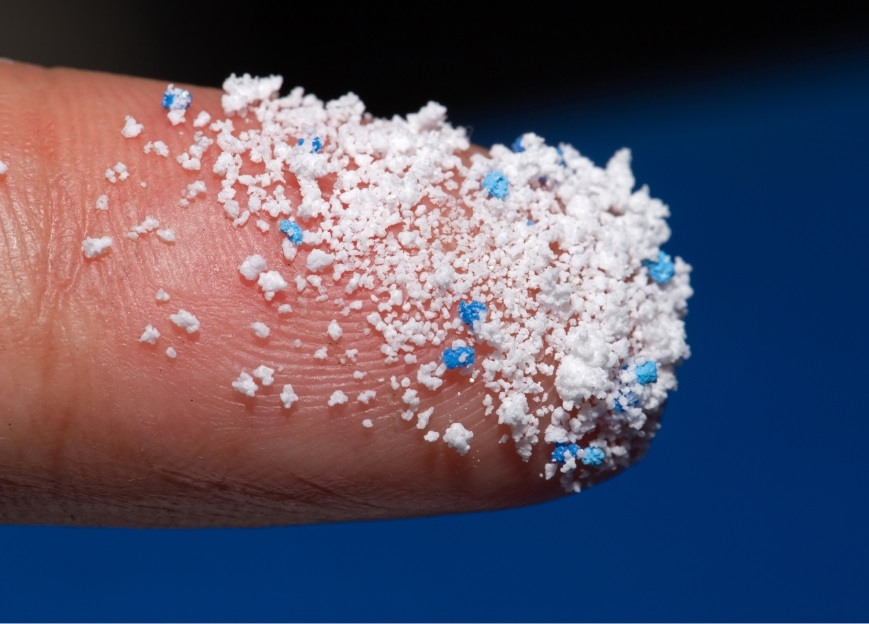Article
Microplastic found in human hearts
Posted on the 11th August 2023

Microplastics used in food packaging and paint have been discovered in the human heart for the first time.
The particles, which are less than five millimeters long, are shed by single-use plastics such as bottles and food packaging, then released into the air, water, and food around us.
A team from the Beijing Anzhen Hospital in China collected heart tissue samples from 15 patients undergoing heart surgery, as well as blood samples taken before and after the operation.
Microplastics were found in all the blood samples and the heart tissue. It is believed they were inhaled or ingested. In the blood, the plastics can latch onto the outer membrane of red blood cells and may impact their ability to transport oxygen.
They have also been linked to the development of cancer, heart disease and dementia, as well as fertility problems. Cells cannot break down plastic particles in the body, leading to significant inflammation.
It comes after a recent study found that the average person inhales a credit card's worth of micro-plastics every week.
Post-surgery, the blood samples of the study participants contained smaller sized but a wider variety of plastics, suggesting some microplastics were introduced into the body during the operation.
Nine types of plastic were found in five types of heart tissue. Tens to thousands of individual microplastic pieces were discovered using a laser and infrared imaging, but the amounts varied between patients.
Microscopic particles of poly(methyl methacrylate) — a plastic commonly used as a shatter-resistant alternative to glass — were found in three different parts of the heart which, the researchers said, ‘cannot be attributed to accidental exposure during surgery’.
Other plastics found included polyethylene terephthalate, used in clothing and food containers, and polyvinyl chloride (PVC), which is widespread in window frames, drainage pipes, paint and more.
Scientists have previously discovered microplastics in the lungs, brains, and blood of living and deceased humans, but how much plastic gets into our bodies is still debated.
The particles can enter the human body through mouths, noses, and other entrances.
Related: ‘Forever chemicals’ ban failing badly, according to study

